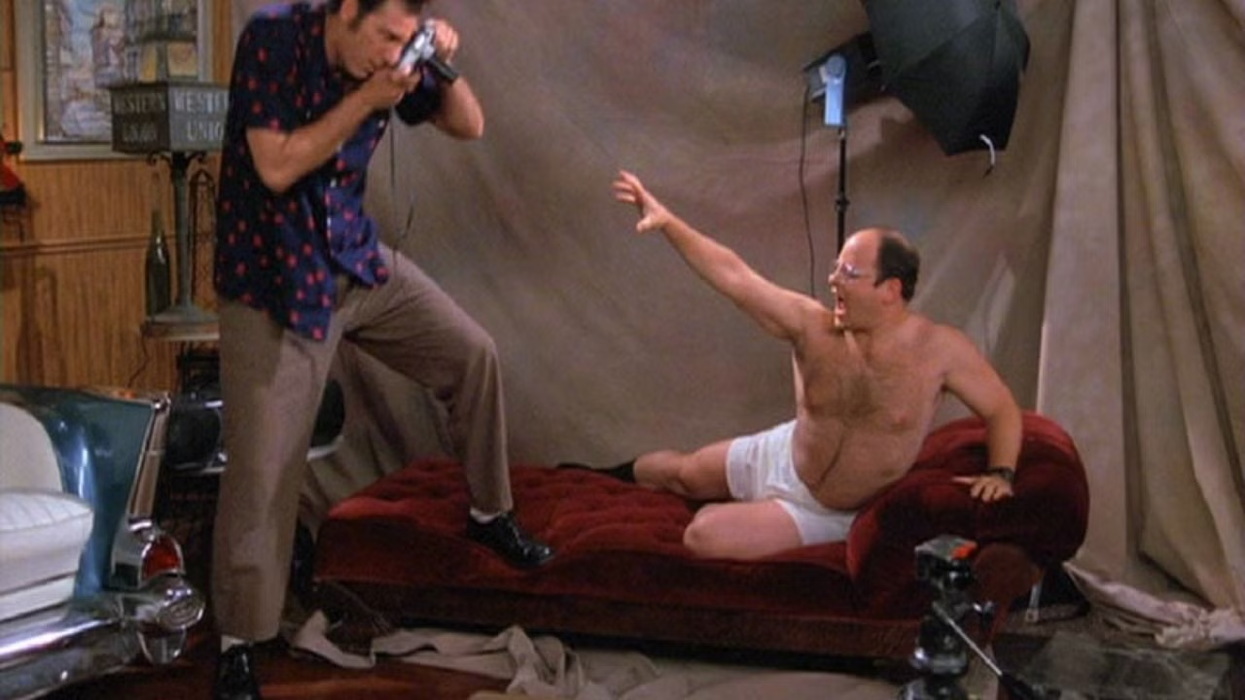Everyone is Now a Steadicam Operator with MōVi, a Gyro-Stabilized Handheld Camera Gimbal

Vincent Laforet, who was instrumental in the DSLR revolution, had been teasing this device early in the week, and now we've got the details. The term revolutionary gets thrown out a lot, but here it applies more to the usage rather than the tool (since the tech itself isn't really new, just smaller). The MōVi is a "digital 3-axis gyro-stabilized handheld camera gimbal." This thing weighs less than 3.5 pounds and is completely silent. No apparatus is required to operate it, but an additional gimbal operator with a joystick is available if you wish to capture certain camera effects. The MōVi allows you to run, jump, slide, skip, and probably double backflip without the fear of an unsteady camera or shaky image.
Just to hit the implication home: it is lightweight, silent, and versatile enough to capture shots that usually require a dolly, tripod, or other heavy and burdensome stabilizers that requires herculean strength to operate (score one for me). Here's a video demonstrating how the MōVi works. Come on back after you put your jaws back in place:
Check out these BTS videos giving you a sense of just how freely the operator can move and still get smooth footage:
Of course, while affordable for some people means something totally different for others, it's still going to be a higher end piece of gear for the time being. Straight from Vincent on pricing and model information:
Another big factor: It will be affordable – the initial mid-level (in terms of weight support) MōVI M10 will sell for approx $15K and is already under production. The second, smaller version, the M5 that will be on sale at some point in the near future (once the production capacity is in full swing) will be sold for a price point under $7,500. If you consider how much we spend on handheld rigs, sliders, jibs (let alone Glidecams/Steadicams etc.) – the price of this device quickly becomes a no-brainer…
The first unit that is being released – the M10 – supports a camera up 10 pounds with accessories. That equates to a DSLR with a lot of accessories or a bare Epic and prime lens. We’ve been using the Epic and the Canon primes and Zeiss CP.2 lenses all week on a commercial without a hitch. A future version the M20 is slated to support an Alexa or Epic package w/ zoom, price and date TBD. The guys behind this work with Epics and Alexas on a regular basis and are cinema guys.
Many of you may only be renting this kind of gear for some time, but there is no question this is going to be the next big thing. Quiet gyro-stabilizers that can handle all sorts of cameras and configurations means being able to pull off shots that would have normally taken a huge team of professionals. Of course, if you're using a large sensor camera, you still have the issue of focus, but things are moving fast in that regard, and wireless follow focus and wireless monitoring are both coming down in price all the time. These sorts of developments can help push the industry forward, and I guarantee we'll be seeing movies shot in a way that we've never seen before.
Vincent also posted this video showing their stabilizer on an RC copter:
What do you guys think? Is the future of the full-time Steadicam operator in jeopardy thanks to rigs like this?
Links:












